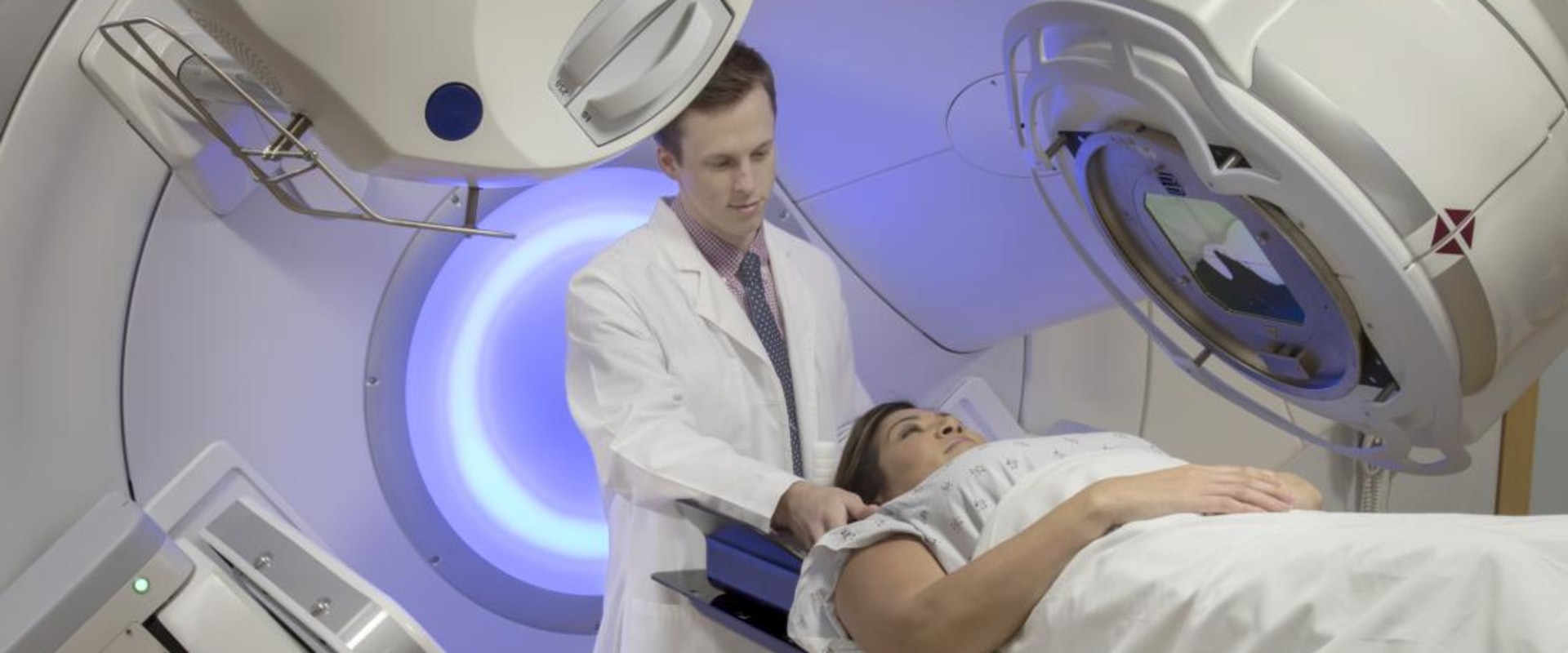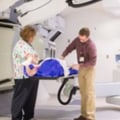Most patients receive radiation treatments every day, 5 days a week (Monday through Friday) for 5 to 8 weeks. Weekend breaks allow normal cells to recover. In general, those receiving radiation therapy should expect treatments five days a week for several weeks. During external beam radiation therapy, a beam of radiation is directed through the skin to the cancer and the immediate surrounding area to destroy the main tumor and any nearby cancer cells.
To minimize side effects, treatments are usually given five days a week, Monday through Friday, for several weeks. This allows doctors to receive enough radiation in the body to kill cancer while allowing healthy cells time each day to recover. Treatments are usually given five days a week for six to seven weeks. If the goal of treatment is palliative (to control symptoms), treatment will last 2 to 3 weeks.
Using many small doses (fractions) for daily radiation, rather than a few large doses, helps protect healthy cells in the treatment area. Stopping treatment on weekends allows normal cells to recover. Other targeted therapies act more directly on cancer cells by blocking the action of molecules on the surface of cancer cells called growth factors. Radiation therapy to treat and cure cancer is usually given every day, Monday through Friday, for about five to eight weeks.
The number of radiation treatments you will need depends on the size, location and type of cancer you have, the intention of treatment, your general health, and other medical treatments you may receive. For example, some medications work to prevent the growth of cancers by preventing the formation of new blood vessels that would feed the cancer. Brachytherapy is used when the doctor decides that the best way to treat cancer is to deliver a higher dose of radiation into the body. You may have different side effects depending on the type of cancer you have and where in your body radiation therapy is given.
Radiation therapy after mastectomy may be recommended to kill any cancer cells left after surgery. Free radicals in the environment can damage all cells, but in the case of radiation therapy, they focus on cancer cells. They will talk with you about the details of your cancer, the role of radiation therapy in your overall treatment plan, and what to expect from treatment. Internal radiation, which doctors call brachytherapy, uses a radioactive substance sealed in tiny seeds or tubes that are placed inside the body directly at the cancer or where the cancer was.
It is important to note that advances in radiation technology and delivery allow healthcare providers to deliver more radiation to focused areas, based on the individual characteristics of the patient and tumor. The radiation oncologist will work with your family doctor and other cancer specialists, such as surgeons and medical oncologists, to oversee your care. Again, the exact duration of radiation therapy depends significantly on the characteristics of the cancer. The time between daily treatments allows healthy cells to repair much of the radiation effect, while cancer cells are not as likely to survive the changes.
Instead of using an external radiation machine, the radioactive material is sealed in a thin wire or catheter (hollow tube) and implanted directly into the cancerous area. The specific type of cancer and its characteristics are used to determine the exact frequency and duration of radiation therapy. .
cancer radiation


